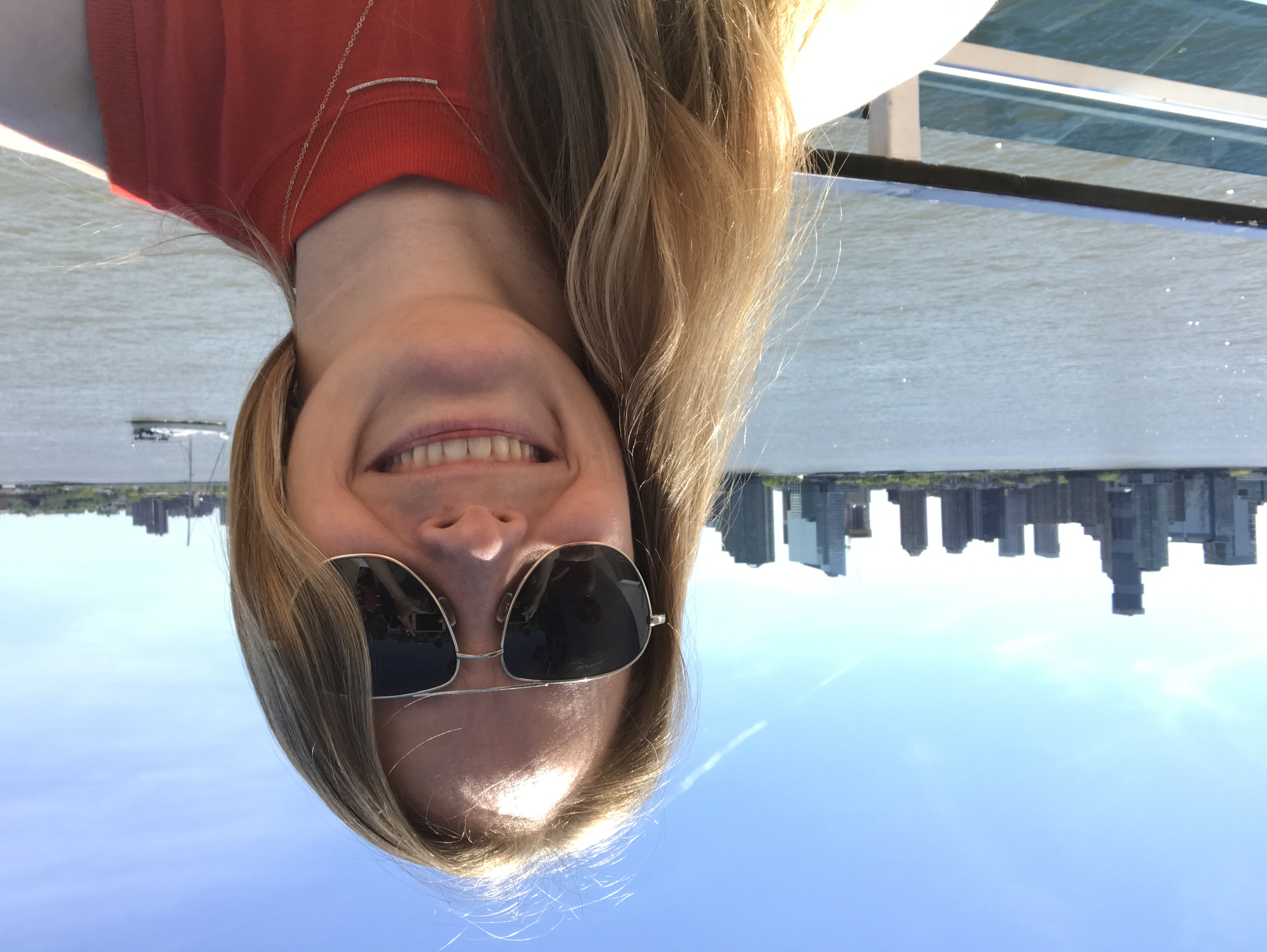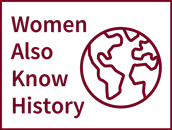Participant Info
- First Name
- Raechel
- Last Name
- Lutz
- Country
- United States
- State
- NJ New Jersey
- raechel.lutz@gmail.com
- Affiliation
- The Wardlaw + Hartridge School
- Website URL
- www.raechellutz.com
- Keywords
- Environmental History, New Jersey History, Visual Culture, Climate Change, Energy History, Oil, Oil History, Anthropocene
- Availability
- Media Contact
- Additional Contact Information
- See personal website for contact form.
- PhD
- PhD
Personal Info
- Photo

- About Me
I am a historian of environment, energy, and visual culture, and my work focuses on the New Jersey/New York metropolitan region. I teach at The Wardlaw + Hartridge School, and have taught at high schools and colleges.
I’m currently working on a book which investigates the environmental and technological history of oil refining in New Jersey currently titled The Good Polluter. I am co-editor of a collection of essays titled, American Energy Cinema.
My research has been supported through fellowships and grants from the American Society for Environmental History, the Chemical Heritage Foundation, the Graduate School of Rutgers University, the New Jersey Historical Commission, the Rockefeller Archive Center, and the Rutgers Center for Historical Analysis.
I am a co-convener of the Committee for the Women’s Environmental History Network and I serve on the Site Selection Committee for the American Society for Environmental History. I earned my doctoral degree from Rutgers University-New Brunswick in 2018 and my Masters Degree from Rutgers-Newark in 2010.
- Recent Publications
Petroleum’s Park
“Petroleum’s Park: How Oil Shaped the Palisades, 1900-1960″ Technology and Culture 61, 3 (July 2020), 713-738. https://muse.jhu.edu/article/763578
Abstract:
“Petroleum’s Park” investigates the history of the Palisades Interstate Park in order to demonstrate one the complicated ways the use of oil has reshaped American society and its landscapes. The Palisades are cliffs along the western shore of the Hudson River, across from New York City and parts of Westchester County, New York. From the very beginning of the park’s history, park development at the Palisades focused on building roads specifically for cars. Philanthropists, park authorities, and public planners in the region all believed that the park should contain a large automobile parkway, where drivers could take in the scenery from the comfort of their car. “Petroleum’s Park” will be published in the October 2020 issue of Technology and Culture.
Still Life with Vitamins
“Still Life with Vitamins: Art and Science at the 1939 New York World’s Fair” Environmental History 21, 2 (April 2016), 365-378. https://doi.org/10.1093/envhis/emv187
Abstract:
At the 1939 New York World’s Fair, artist Witold Gordon created a mural depicting common foods such as dairy, fruits, vegetables, and seafood on the exterior of the main food exhibition hall. Alongside the foods of the mural, Gordon painted vitamins in little circles and letters. This essay argues that the inclusion of vitamins in the mural illustrates a moment when nutritional science was becoming an important way of understanding the relationship between food and health. To do this conceptual work, Gordon played with abstraction and painterly styles to create a scene that both emulated the scientific message of the fair and depicted reverence toward nature as a guiding force in human life. The end result was an optimistic still-life mural that demonstrated the effort to popularize scientific ideas about vitamins and nutrition to the American public in the 1930s.
- Media Coverage
- Social Media
- @raechellutz
- Country Focus
- United States
- Expertise by Geography
- North America, United States
- Expertise by Chronology
- 19th century, 20th century, 21st century
- Expertise by Topic
- Capitalism, Environment, Government, Local & Regional, Science, Technology, Urban History


